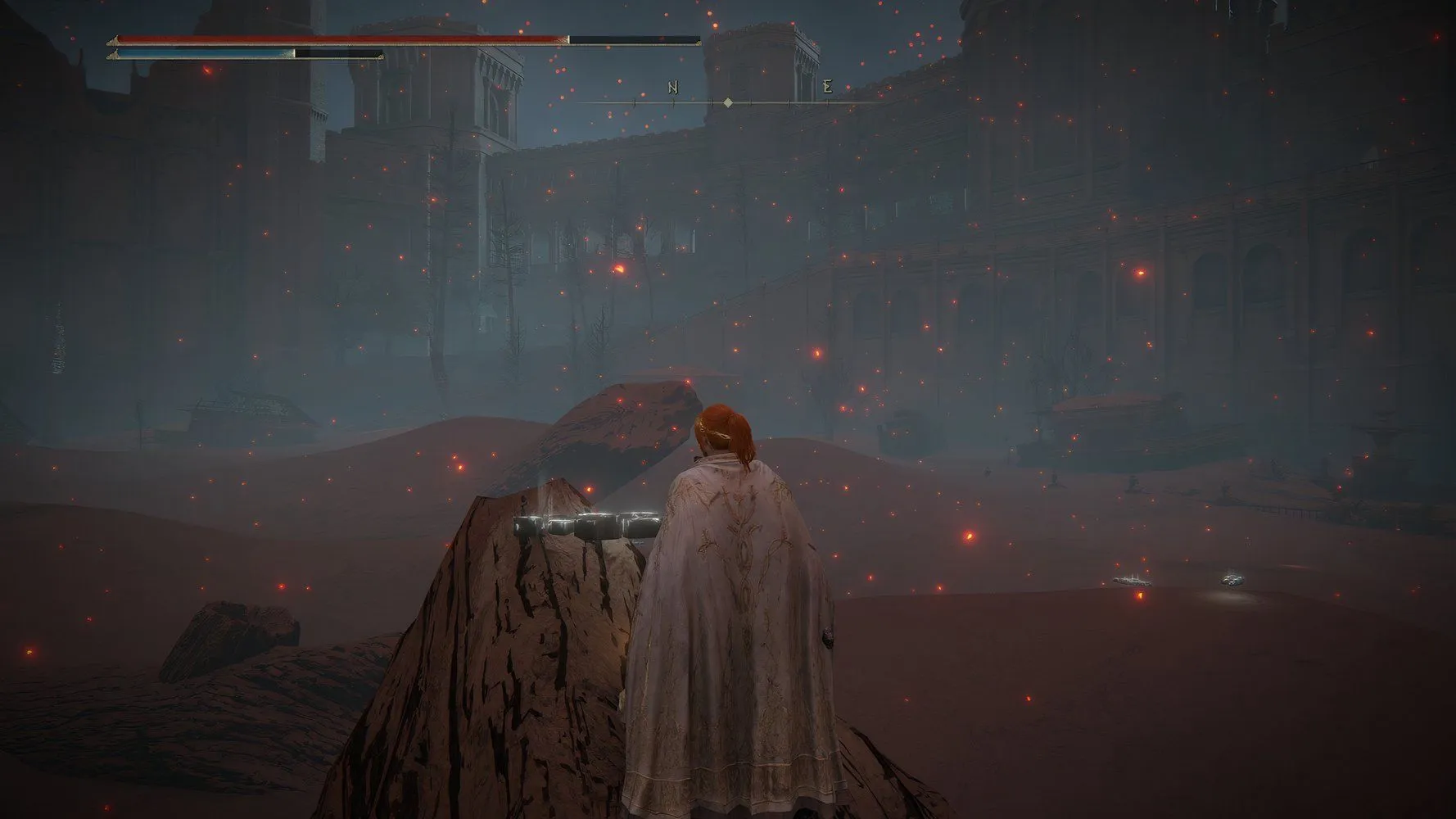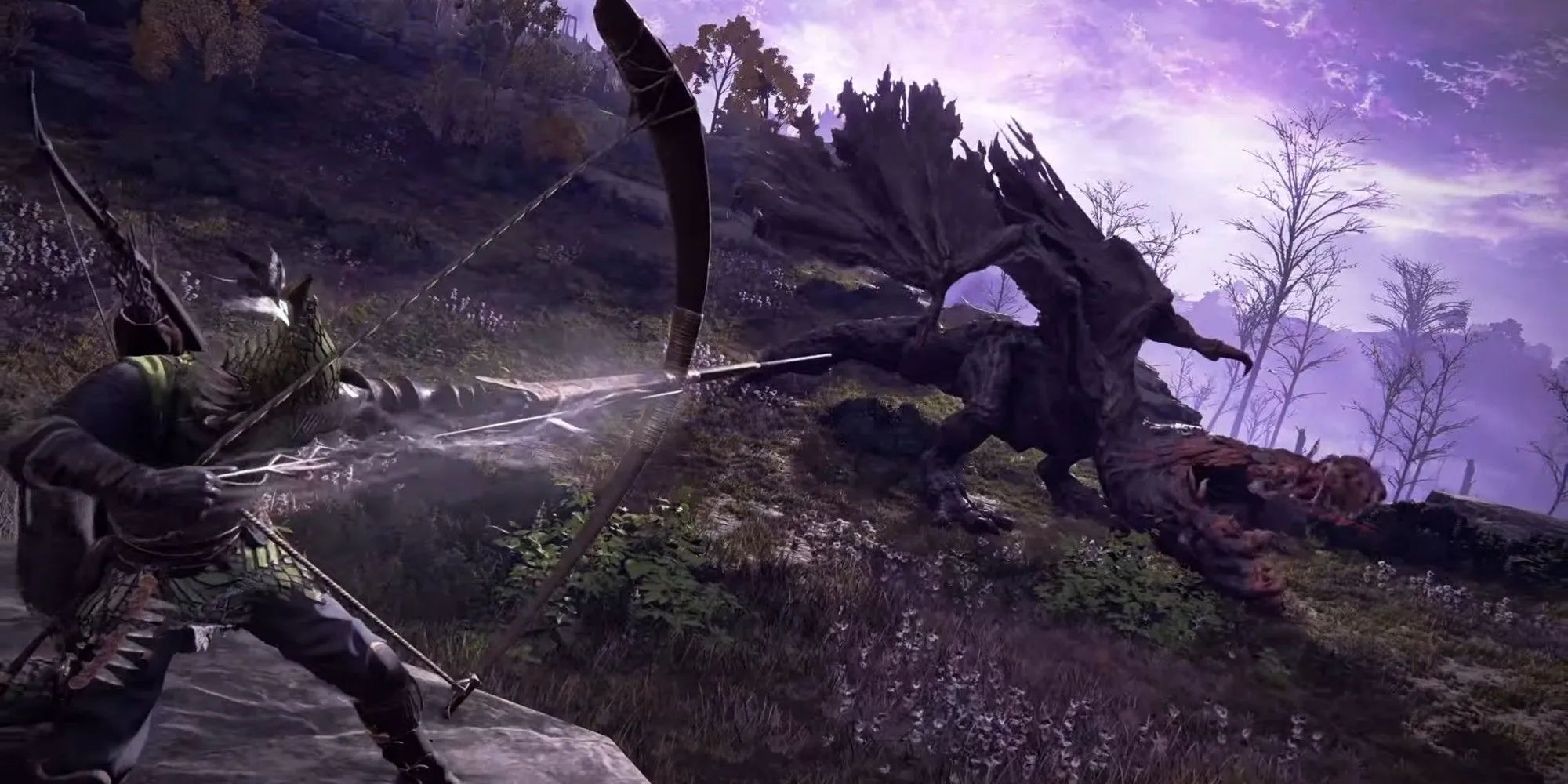
The announcement of Elden Ring Nightreign has generated considerable excitement and debate among fans, as it marks a significant shift from the traditional Soulsborne gameplay mechanics. Unlike its precursor, Nightreign will center cooperative multiplayer gameplay as a fundamental aspect, diverging from the limited co-op experience previously afforded by Elden Ring. While players could use the Tarnished’s Furled Finger and Furlcalling Finger Remedy to summon allies for specific encounters, this method often felt restrictive and did not fully embrace open collaboration.
This evolution towards a more integrated multiplayer experience allows players to explore vast landscapes together, uncovering hidden loot, confronting powerful enemies, and tackling formidable bosses as a unified team. Although this cooperative approach holds potential for enhancing the gameplay, it also signifies a notable departure from the cherished elements of the original game, raising questions about whether it can stand as an authentic successor.
The Need for Enhanced Co-Op in Elden Ring
Validating Co-Op Through Challenge



Instances in the original Elden Ring demonstrated that the restricted co-op options often hindered player progression, particularly in early-game scenarios. The original system had significant limitations. Players without personal alliances were confined to an inflexible summoning pool anchored to designated areas or bosses. Furthermore, when someone joins as a phantom, it opens the door for PvP invasions, diminishes Flask availability, and prohibits the use of Spirit Ashes and Torrent.
Introducing a more accommodating cooperative mode alongside Elden Ring’s already engaging gameplay elements would enhance the overall player experience while retaining the game’s trademark difficulty. The prior co-op model heavily relied on players to seek assistance from others, whereas Nightreign aims to prioritize cooperative play within its core structure. While this can be seen as an improvement, it risks sacrificing beloved features that define the Souls franchise.
Enhancing Gameplay Through Nightreign’s Co-Op
Revamping the Gameplay Pace



Nightreign’s new direction into cooperative gameplay introduces a fast-paced aspect to the classic Elden Ring experience, integrating speedrun elements which are feasible due to this focus on collaboration. The game will feature eight distinct classes, each designed with unique skills, moving away from character creation to streamline class selection. This approach facilitates tailored team compositions that maximize each character’s strengths.
Moreover, the game’s narrative and storylines will be anchored in these eight core characters, sidestepping the previously complex NPC questlines. Players can engage hordes collectively, quickening the experience or tactically exploring the map. Importantly, players will no longer contend with unpredictable PvP invaders, although Boss Invaders are set to provide a new form of challenge. Character leveling has also been simplified, removing the need for time-consuming, incremental upgrades.
However, while Nightreign aims to alleviate many of Elden Ring’s barriers, the shift to cooperative gameplay introduces a faster experience that may limit the deeply satisfying aspects of the original game. How this will resonate with players remains uncertain, as the adaptation may alter the fundamental essence that many have come to cherish.
New Challenges in Nightreign’s Co-Op Experience
The Potential Disenchantment for Some Players
The robust focus on cooperative gaming in Nightreign addresses specific challenges present in its predecessor but also brings with it a suite of new obstacles that may alienate parts of the player base. Changes such as the removal of character creation, revamped inventory management, randomized maps, and an emphasis on cooperative play can be contentious for long-time fans seeking the deeper elements of the original gameplay.
Players who prefer the deliberate pace of dungeon crawling, along with stealth elements, might find the shift towards speedrun mechanics somewhat unappealing. Ultimately, Nightreign’s triumph will hinge on the engaging and seamless nature of its multiplayer format for a diverse audience.
As the gaming community anticipates the release of Nightreign, the overarching impacts of these gameplay changes will be closely scrutinized. While many aspects may address prior grievances within the Elden Ring framework, they could also unintentionally create new barriers that impact player accessibility. The success of Elden Ring Nightreign will depend significantly on how well it balances innovation with the cherished traditions of the franchise.
Source: Nightreign




Leave a Reply